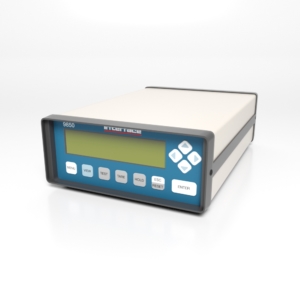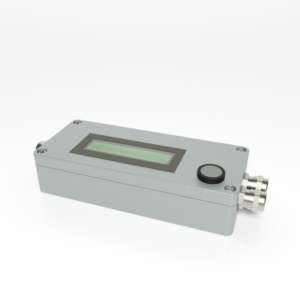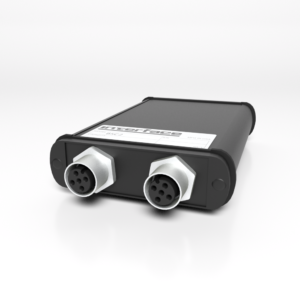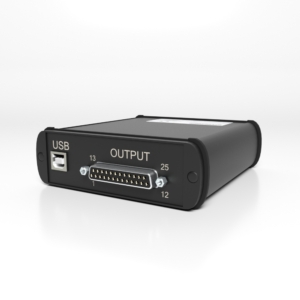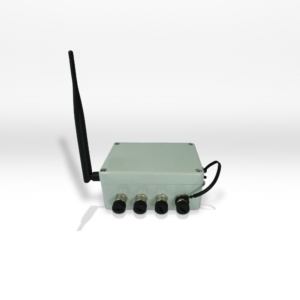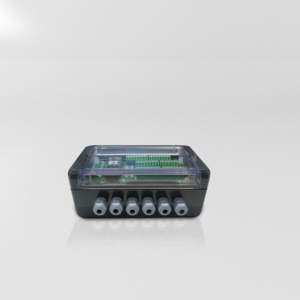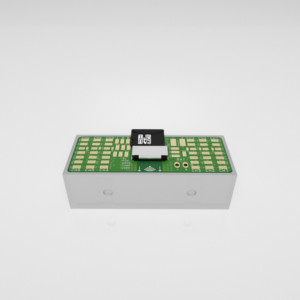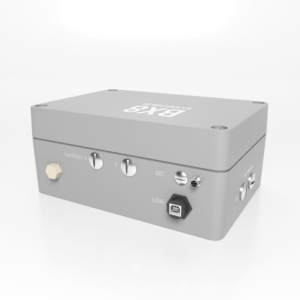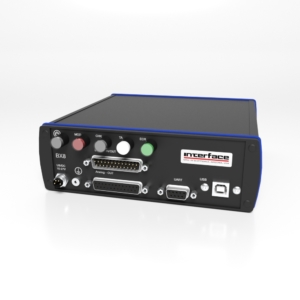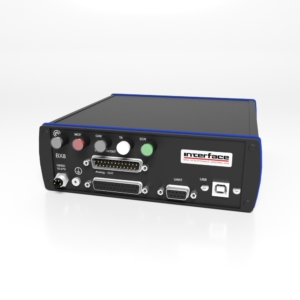Multi-Axis Sensor Selection Guide
Multi-axis sensors are used in many industrial and scientific applications, such as aerospace, robotics, automotive, and medical research (orthopedics and biomechanical). Some sensors are specifically designed for applications that are required to measure moment loads and axial loads to determine the center of gravity or misalignment. Others are designed for tests requiring simultaneous force and torque monitoring, such as bearing test and material test machines, rheometry test machines for rubber testing, or continuous stress testing of equipment like pumps and master key systems.
This new interface resource enables you to quickly evaluate the various sensor types based on whether you need a 2-axis, 3-axis, or 6-axis, as well as their features and capabilities, including tension and compression, axial torsion, force and torque, side and radial force, compact, temperature compensated, moment compensated, flange mount, or has a center through hole.
This tool covers various options, including connector protection, connector options, standardized output, teds, CANbus, internal shunt cal, custom calibration, multiple bridges, special threads, dual-diaphragm, special temperature range, cable length, and more.

